Farewell Photography
Daido Moriyama
Photography is an art of selection. You shoot a number of pictures and select one for print. But what about the others? This question was bothering Daido Moriyama and this was one thing that made him making the photobook Farewell Photography.
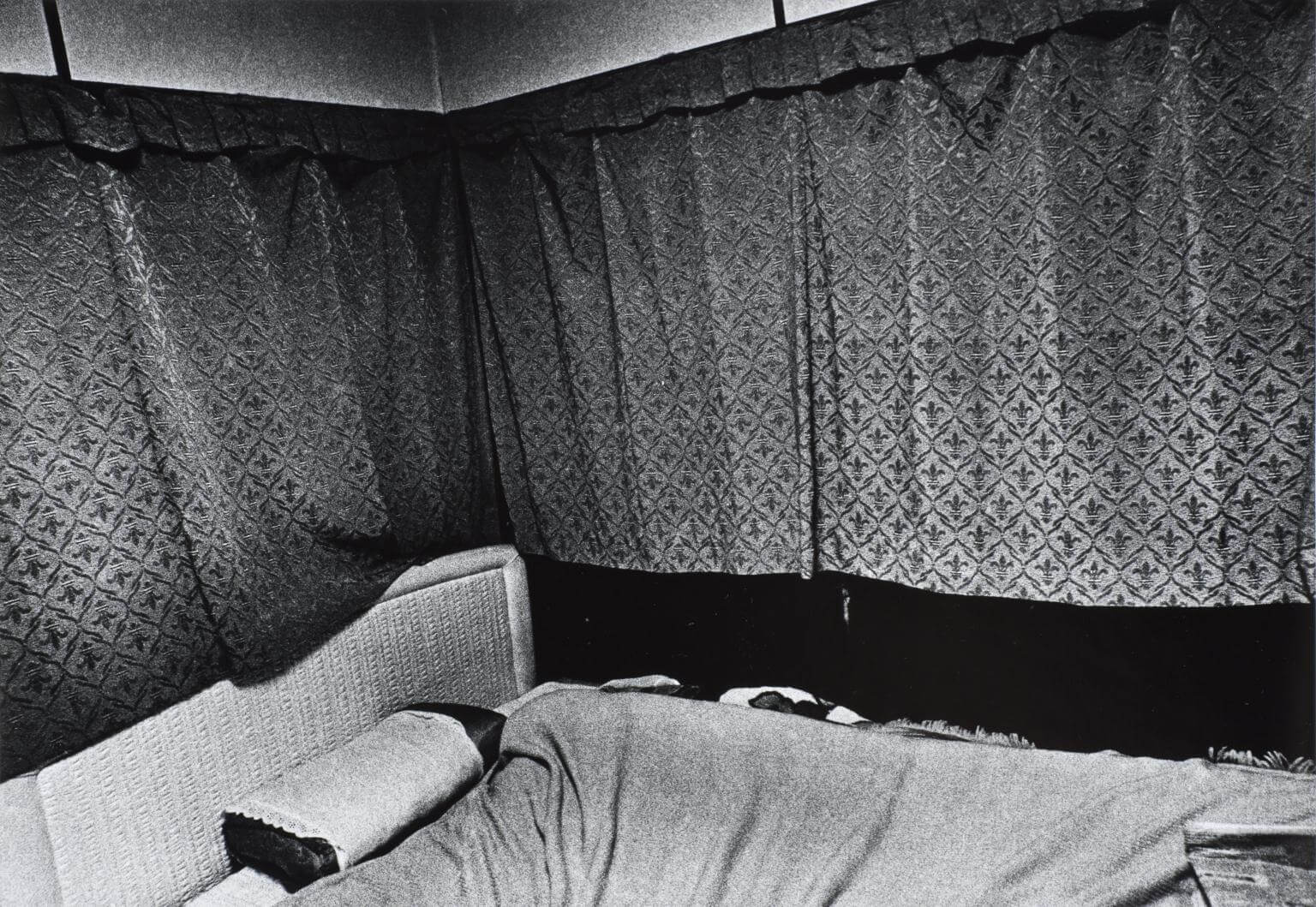
Daido Moriyama (born 1938) is a Japanese photographer. Best known for his black-and-white street photography and association with the avant-garde photography magazine Provoke. He began his career as an assistant to photographer Eikoh Hosoe. He made his mark with his first photobook Japan: A Photo Theater, published in 1968. His formative work in the 1960s boldly captured the darker qualities of urban life in postwar Japan in rough, unfettered fashion, filtering the rawness of human experience through sharply tilted angles, grained textures, harsh contrast, and blurred movements through the photographer’s wandering gaze. Moriyama is prolific photobook maker: he has produced more than 150 photobooks since 1968.
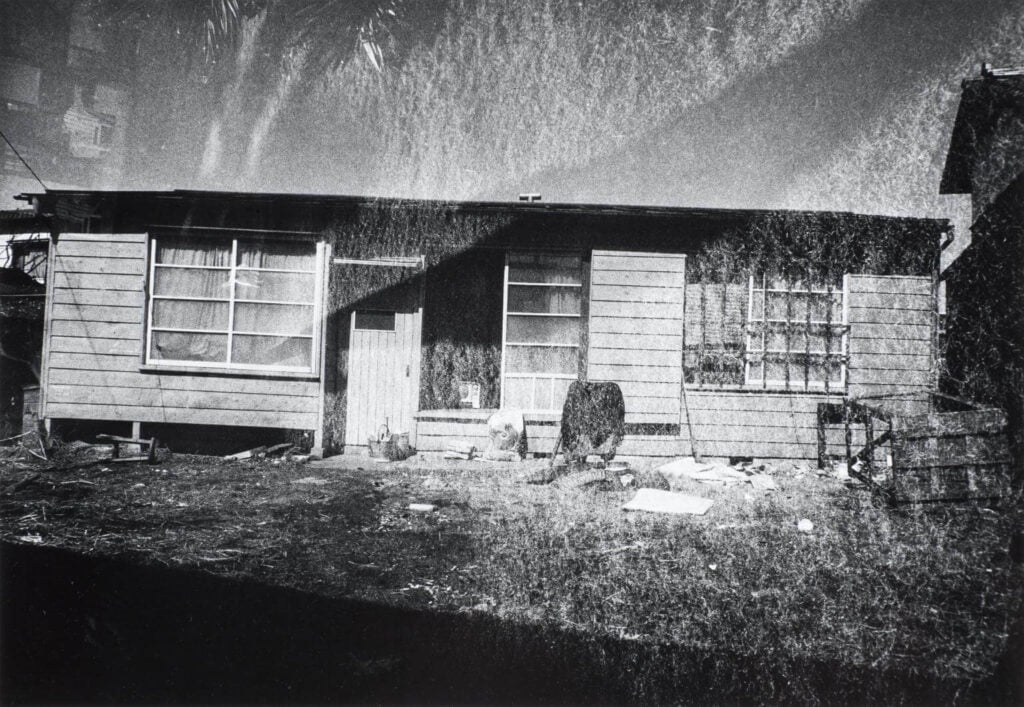
Provoke was a magazine with only three issues in the late 1960s. It set itself apart from the photojournalistic style of the day, looking for a more subjective voice. The images are often grainy and disorderly, reflecting the social and political upheavals taking place across the nation. It also contrasted with the glossy imagery of commercial magazines. Provoke was a protest: both about the political conditions in Japan and against the way photography was being developed into some kind of well-orchestrated art form. Daido Moriyama joined from the second issue.
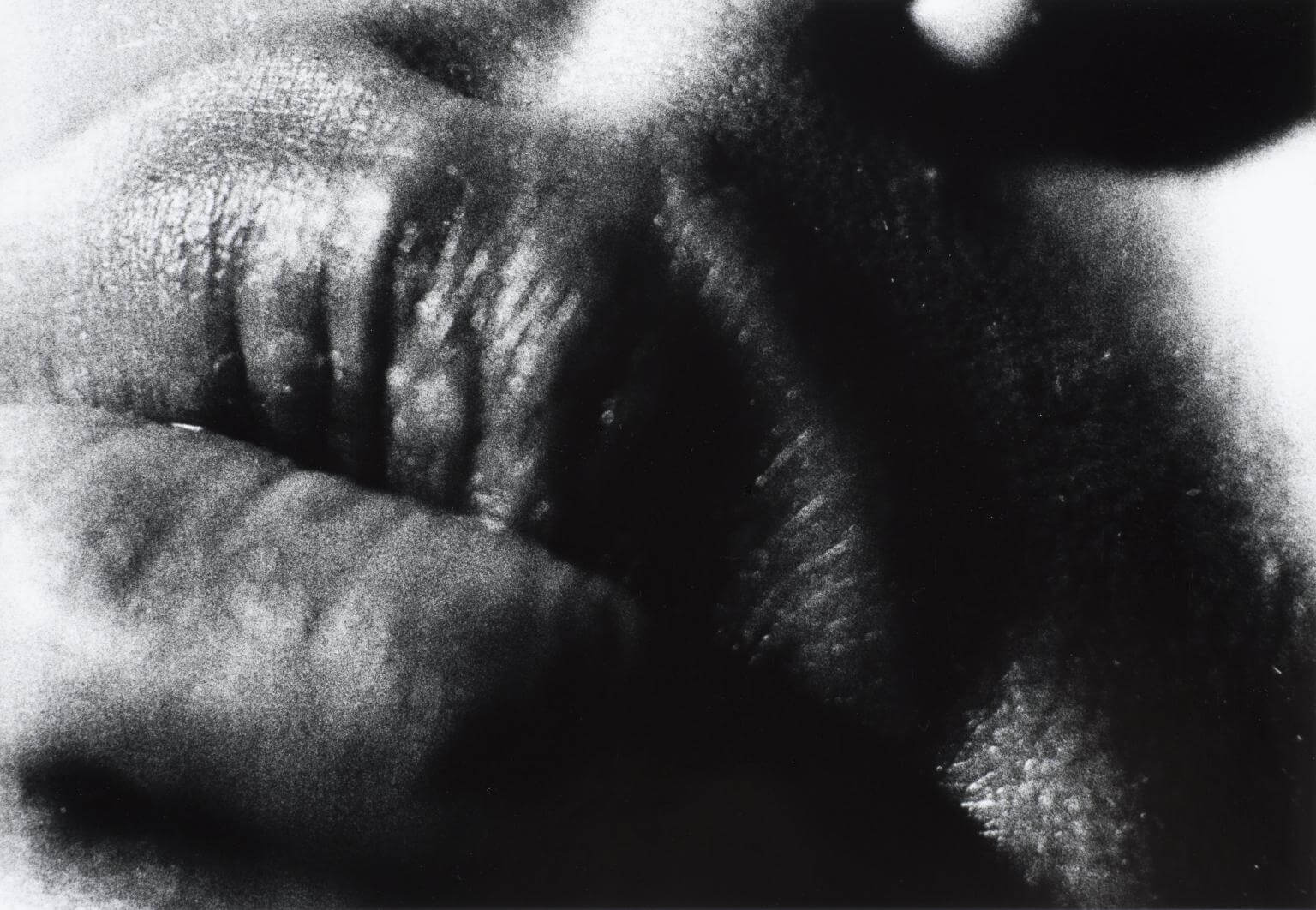
Shashin yo sayōnara (Farewell Photography) is the most extreme monument of the Provoke period. Indeed one of the most extreme photobooks ever published. Moriyama had just finished his “Accident”-series for Asahi Camera magazine and he started this project as a reaction to that series. He was sceptical about his own photographic work. At the same time he had been harboring doubts and discomfort toward various aspects of Japanes photography at large. But most important there was that desire to “bid farewell” to his own and other people’s photographs which led to the title of this book.
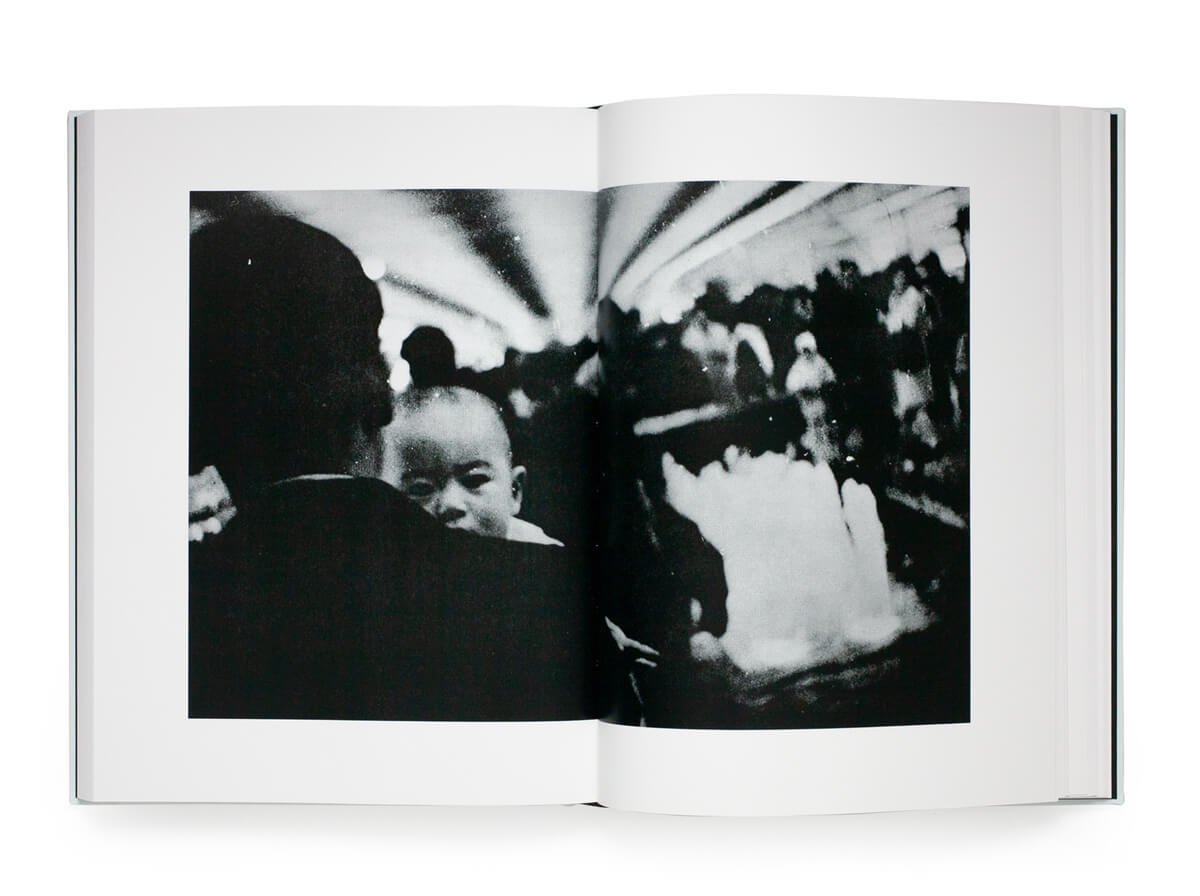
Once he had the title he began to collect negatives for Farewell Photography. It were disregarded shots at the very ends of the films, especially all those that looked weird or odd in some way. And separating out anything with a clearly discernible image. He even picked up scrapped and trampled negatives from the darkroom’s floor. There isn’t a single photo that was specially taken for this book. Also the printing was done in a totally mechanical, almost indifferent matter. After all printing quality was not an issue.
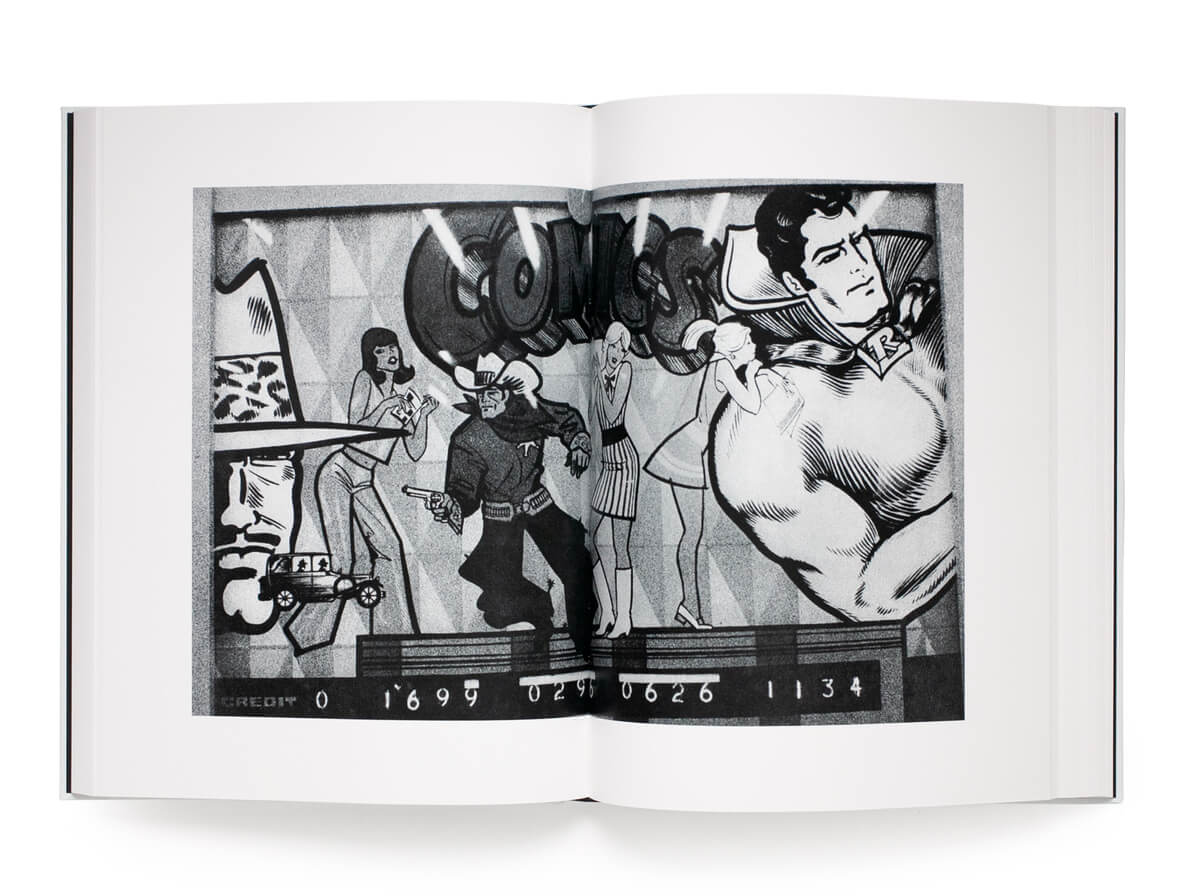
The photobook, as suggested by the title, takes a nihilistic turn from his prior work. The imagery is culled from his own pictures, found photographs and images taken from the television set. The pictures exhibit all the qualities of reject negatives discarded in the darkroom then retrieved from the bin. T he images highlight the physical detritus of the photographic process, such as the edges of discarded film, flecks of dust, and light leaks, along with the material dimensions of image-making as evidenced through the sprocket holes on negative strips and the brand names of the film.
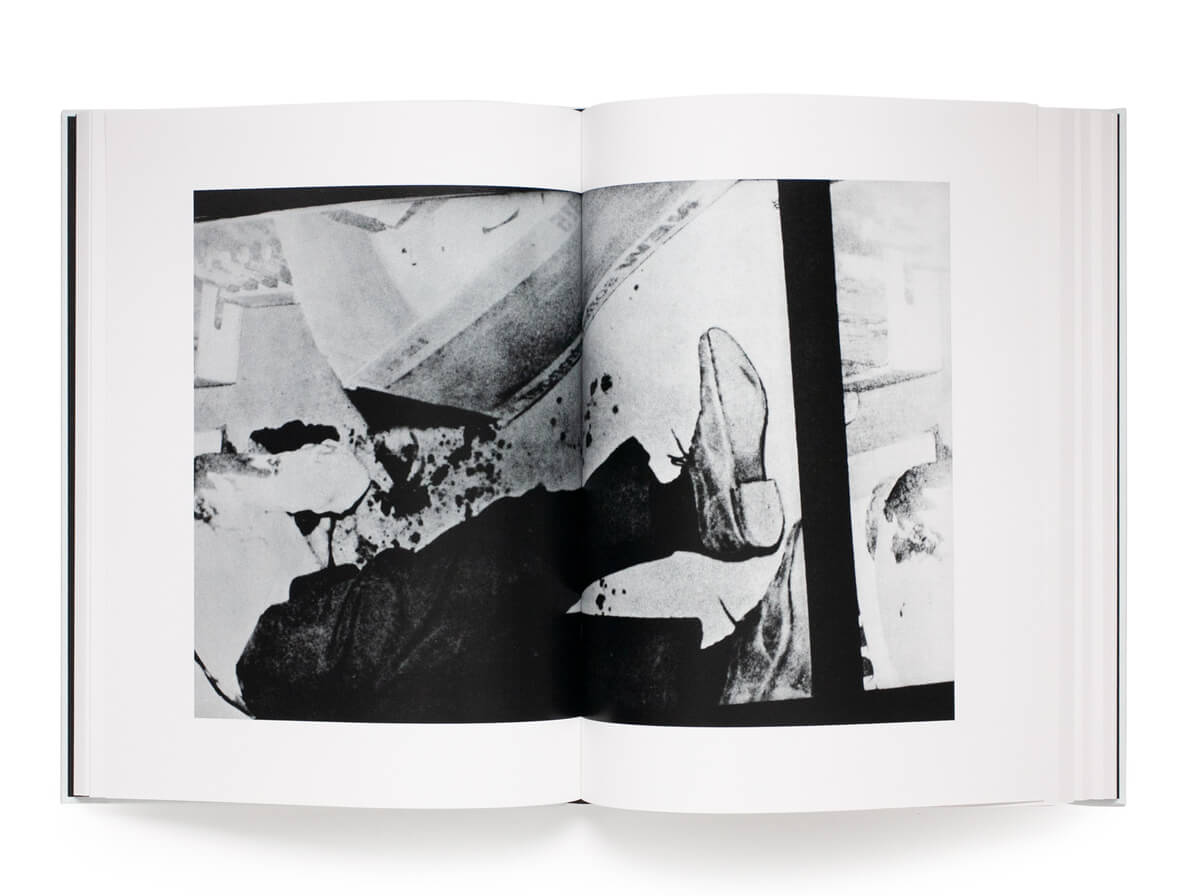
Farewell Photography is also a key Provoke document because of its text, a debate between Moriyama and Provoke co-founder, Takuma Nakahira. The conversation illustrates the ideological differences between the political and non-political wings of the group. But the vision of the apolitical Moriyama nevertheless reflects the alienation, the angst, and the love-hate relationship with American materialism.

Moriyama’s Farewell Photography was first published in 1972. There was a second edition in 2016. In 2019 a third edition was published which also includes an index of all of the photographs and an explanatory note about each one written by Moriyama. Now, fifty years after its original publication, there is a reprint of Farewell Photography by Getsuyosha. This edition includes the full version of the Hilltop Hotel interview between Daido Moriyama and Takuma Nakahira as well as Daido Moriyama’s afterword.
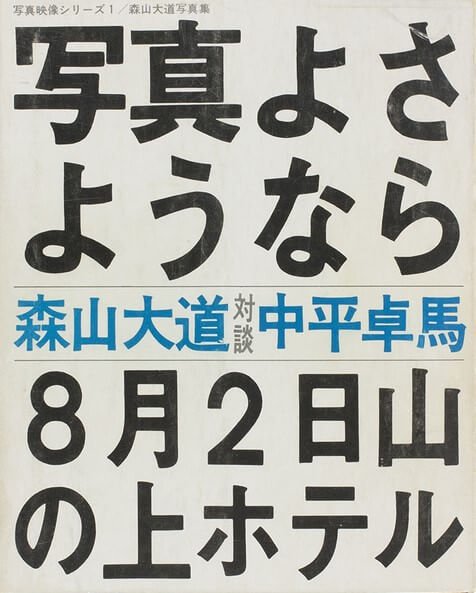
Shashin Yo Sayõnara (Farewell Photography)
Photographer: Daido Moriyama
Originally published by Shashin Hyoron-sha in 1972
Softcover with dust jacket, 308 pages
Text is conversation between Daido Moriyama and Takuma Nakahira at the Hilltop hotel in Tokyo on 2 August 1971
Considered as one of the greatest photobooks of all time by Source Magazine
Mentioned in The Photobook: A History, Volume 1. Edited by Martin Parr and Gerry Badger.
